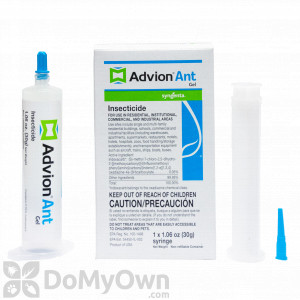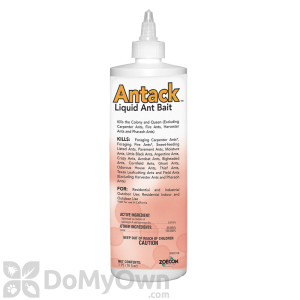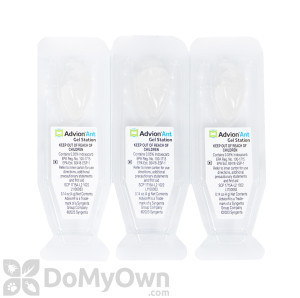Physical Appearance
- The Odorous House Ant is very tiny; less than 1/16 inch long
- The Odorous House Ants is brown to black in color
- The Odorous House Ant has 12 antennae segments
- The Odorous House Ant has only one node (waist), and an uneven thorax when viewed from the side
- The Odorous House Ant produces a foul smell like "rotten coconut" when crushed.
Nesting Habits
Indoors, Odorous House Ant nests may be found within wall voids, in crevices around sinks and cupboards, and near hot water pipes and heaters. Outside, Odorous House Ant nests are usually established in shallow, exposed soil beneath brick, board, or stone. Odorous House Ants are most likely to enter the home in the autumn time or during rainy weather, when the outdoor sweet food supply is reduced.
Feeding Habits
Odorous House Ants forage both day and night. They prefer sweet items, including syrup, candy, honey, and sugar, but will also feed on insects, seeds, and plant secretions.
Reproduction
Females Odorous House Ants lay at least one egg per day. Once hatched, it takes about 24 days for the young Odorous House ant to reach adulthood. Colony size ranges from 100 to 10,000 ants.
Basic Control Methods
Try a combination of the following methods to reduce and eventually eliminate Odorous House Ant populations in and around your home:
- Attempt to locate possible nesting sites by following trails, and eliminate possible points of entry through repair (caulk, mesh screen, etc).
- Drench outdoor ant mounds or colonies with Demon WP or Cynoff EC using a 2 gallon sprayer.
- Create an outdoor perimeter treatment around your home using Demon WP or Cynoff EC to discourage entry.
- Inside, spray Demon WPor Cynoff EC using a 2 gallon sprayer on and underneath baseboards, inside cabinets and under appliances to eliminate existing ants.
- Unlike other ant species, Odorous House Ants do not respond well to baits. For indoor colonies, try dusting underneath baseboards and up inside wall voids with Delta Dust or Drione Dust using a hand duster.
For more detailed information on Odorous House Ant prevention and control, see How To Get Rid of Odorous House Ants
View all of our Ant Control products






